If I were to ask you who was Joseph Nicephore Niepce was you’d more than likely, like me say “Who”. Yet as photographers we should know his name and sing his praises. Why? Because good old Joseph was the man who first invented photography. Maybe not as we know it today, but what Niepce did was to lay down the foundations for modern photography. Using a technique called heliography Niepce created a photographic process by making a print from a photengraved printing plate in 1825.
And so on to today and modern photography. How things have changed. Digital is the new medium. Modern cameras can be extremely complicated but ridiculously small compared to the early days of photography. Come with me on a short journey through the Museum of Photography in Chalon-sur- Saone, the birthplace of Joseph Nicephore Niepce. I should say at this point that most of the exhibits, descriptions were in French only, the museum was extremely hot and not very well-lit. I wasn’t allowed to use a tripod, either.
The journey through the museum starts with early examples of cameras and equipment. As you would expect, all of these exhibits are in glass cases, meaning that the reflections from lights around the room and even myself are shown in the glass. I did manage to get around most of these problems by reducing the highlights and using the dehaze slider and making it positive in Lightroom. Not too heavy, just enough to take out some of the glare and reflections
It’s just a wooden box but look at the brass work, it’s a thing of beauty and precision mechanical engineering.
Of course, early photography used chemicals, some of them quite nasty, and lots of them to get the final results.
I loved this door, small windows, with lots of examples of early photographs. Of course nowadays with modern software we can simulate some of those early style of photographs.
Moving through the museum, did I mention it was really hot, we come to a more modern era. We’ve moved a way from single plates to rolls of film as this advert for Agfa film shows
Equipment has moved on as well, cameras are much smaller and developing film is not as messy. Chemicals are still involved, though.
Now we are starting to move into the Kodak zone, as I call it. In 1962 the Eastman Kodak Company established a production plant in Chalon-sur-Saone. At it’s peak the factory employed about 2500 employees mainly specialising in the manufacture of photo-sensitive surfaces used for consumer photos, cinefilm for the cinema and products used in medical radio.
But then in 2004, with the accelerated arrival of digital products, particularly in consumer photography, Eastman Kodak announced major cuts to the group and workforce. Then began a period of intense layoffs cutting the workforce and by 2006 there are only about 100 employees on the site. This was later cut to about thirty and by 2010 there is no one working for Kodak.
You know I’m really impressed with the photograph above, or should I say my camera, the Olympus OM-D E-M1 Mark 2 and the 12-40mm Olympus PRO lens. This is hand-held at 1/15 second in a darkish sort of room. The in-body stabilisation has kicked in to give me a reasonably sharp focused photograph.
One of the Kodak Coloramas projected onto the wall. I really liked being in this room, looking at all of the photographs and the good bit. I had the place to myself.
Last photograph and you can see another projected photograph of the Taj Mahal in the background.
I spent hours in the museum, looking at the exhibits and taking loads of photographs. Best of all it was free entry, if only it wasn’t so hot. But you can’t have it all so I’m grateful that I was able to visit the museum.
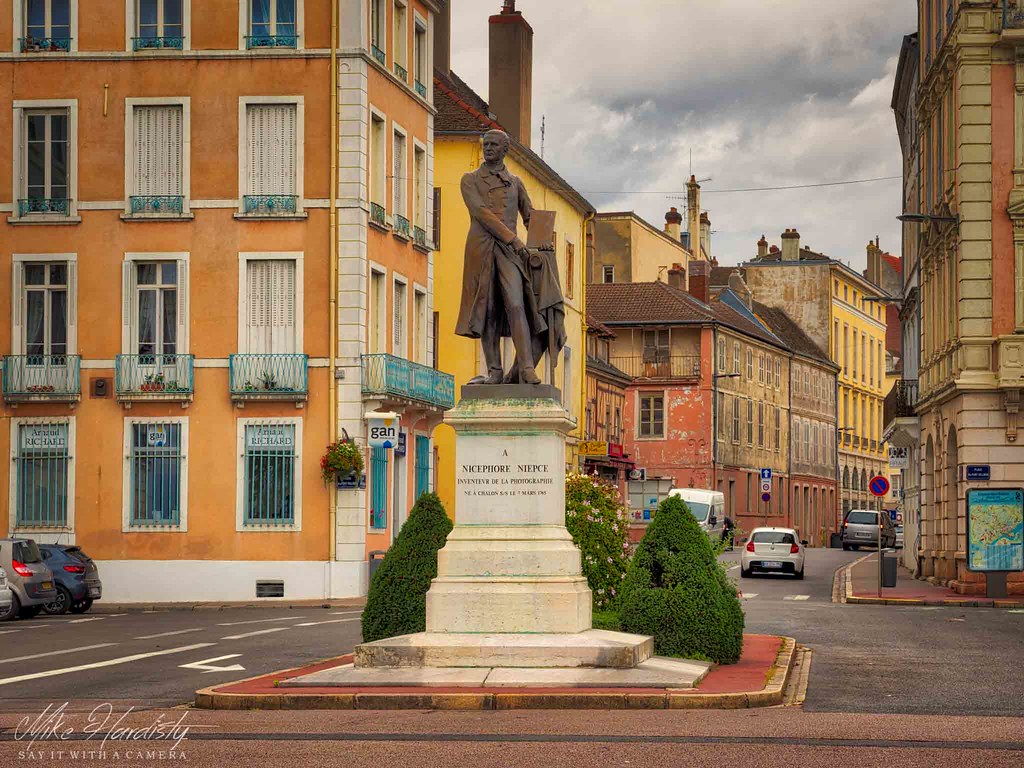
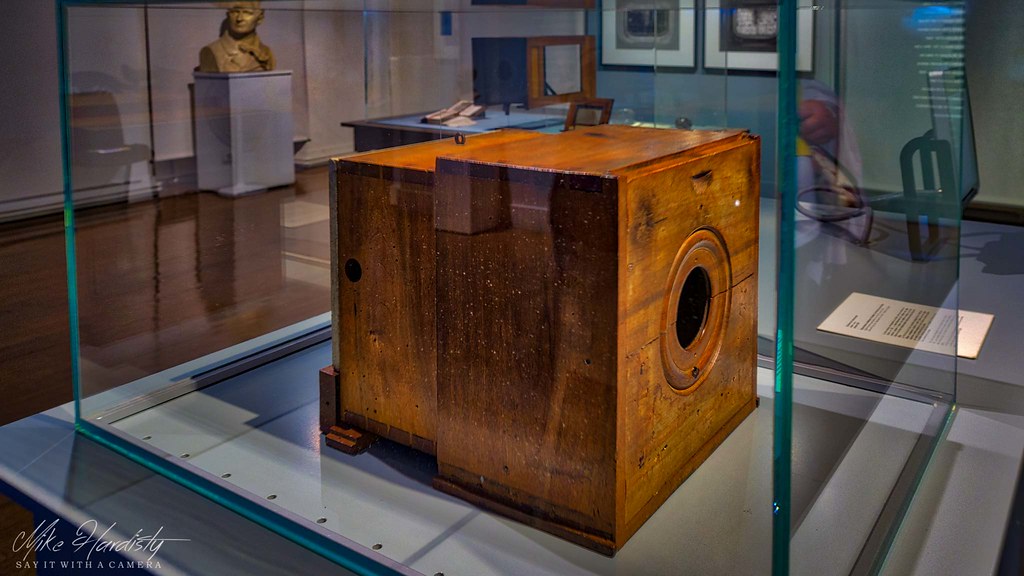
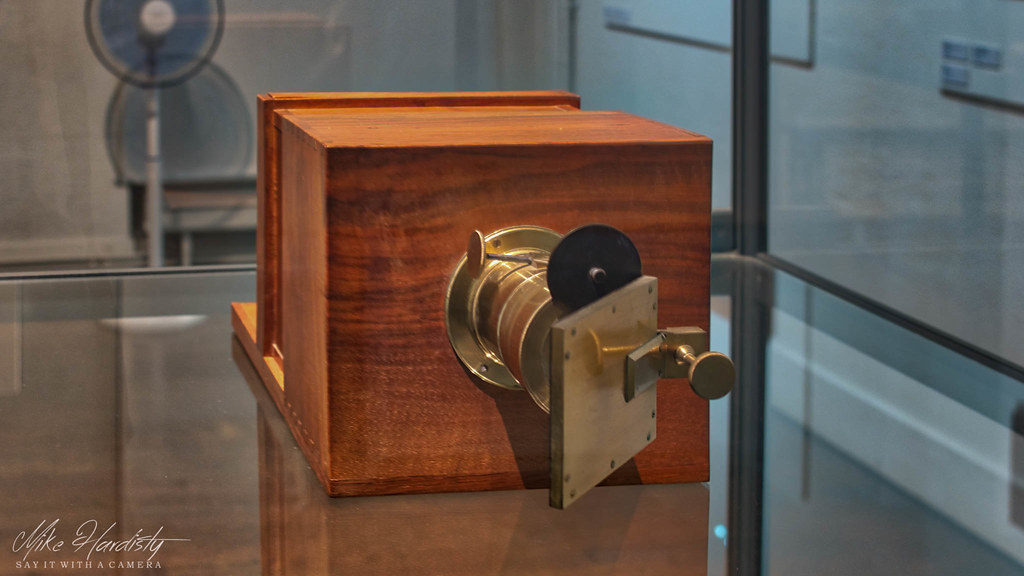
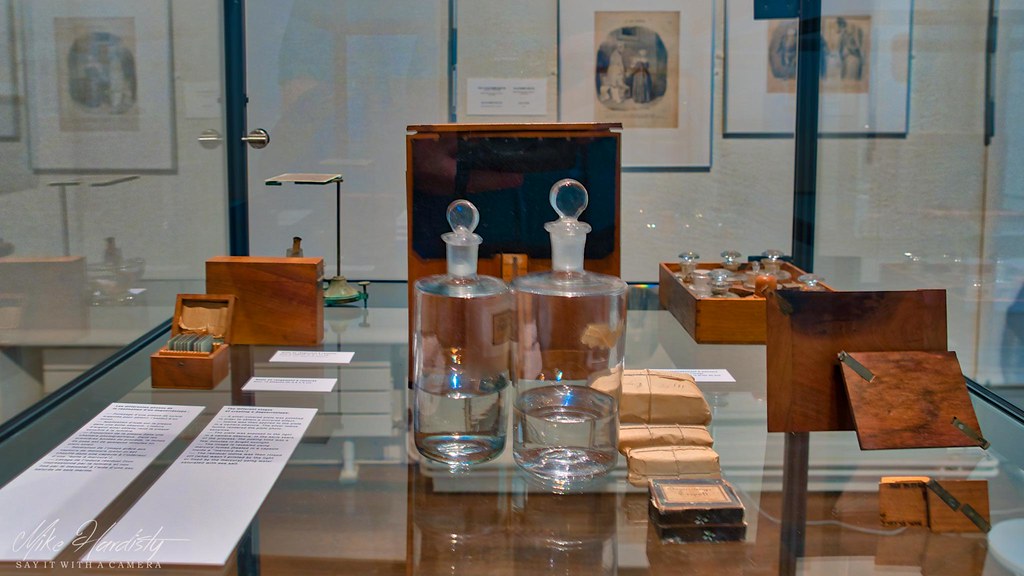
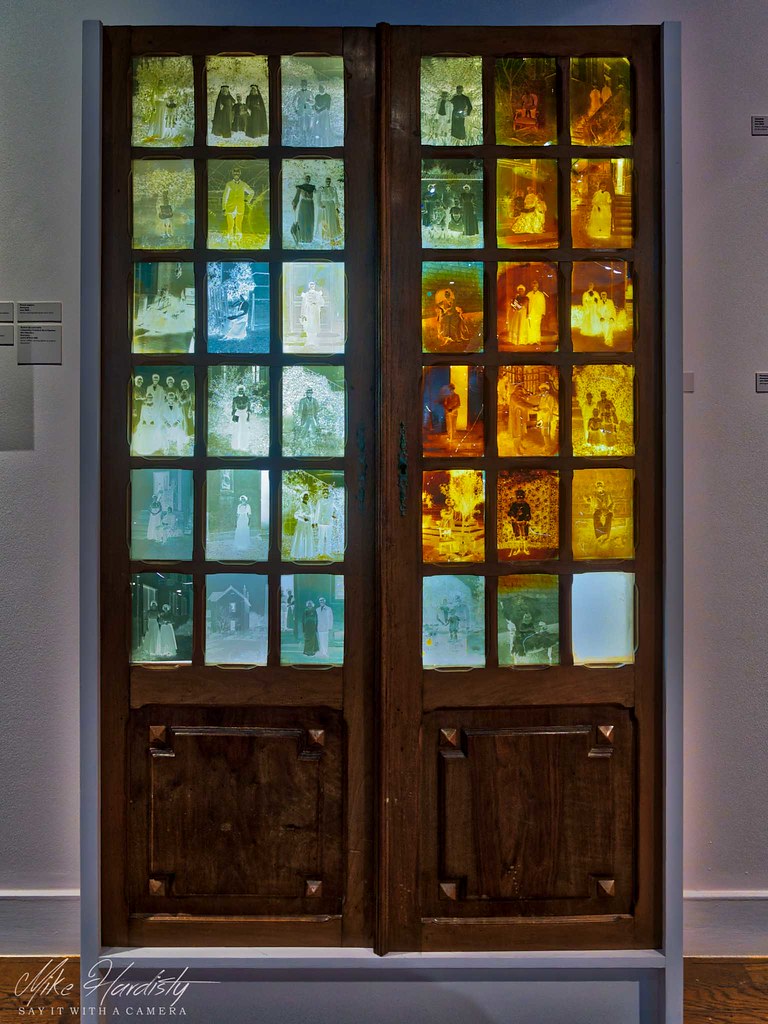

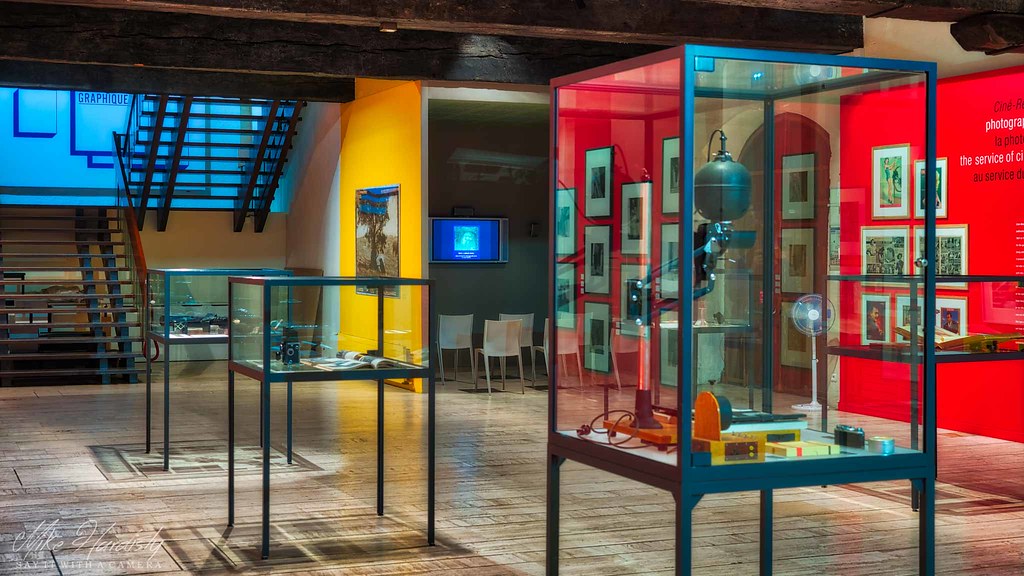
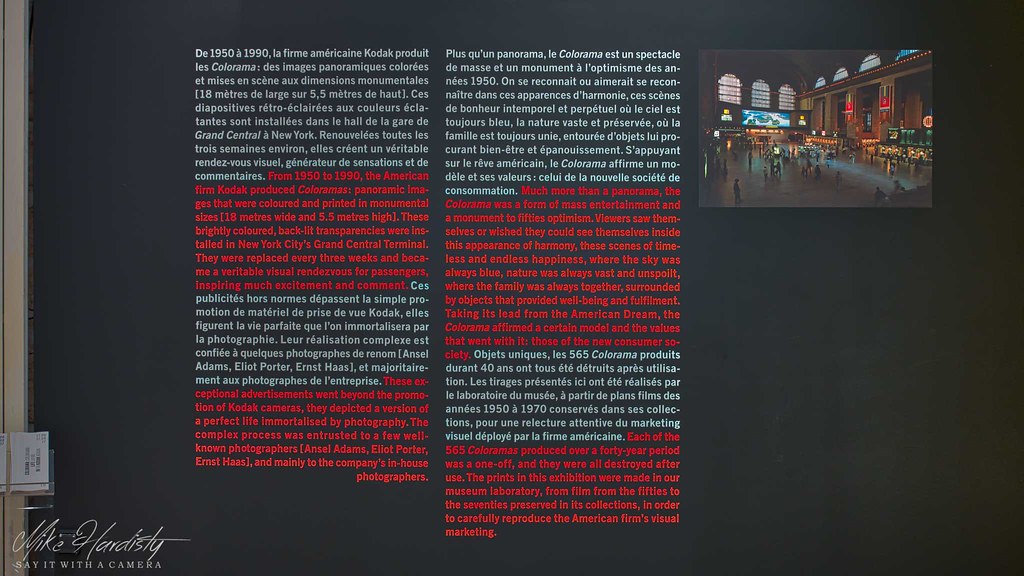
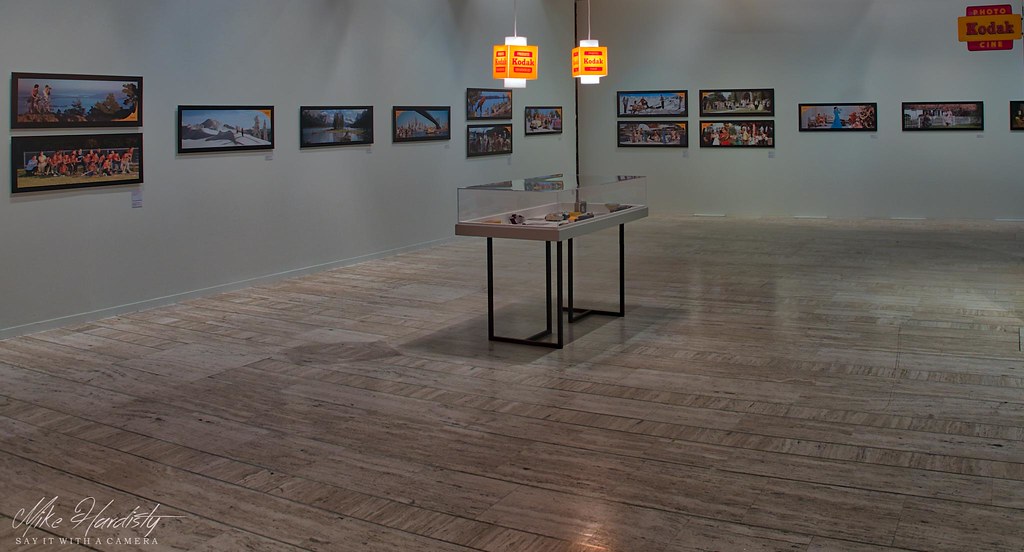

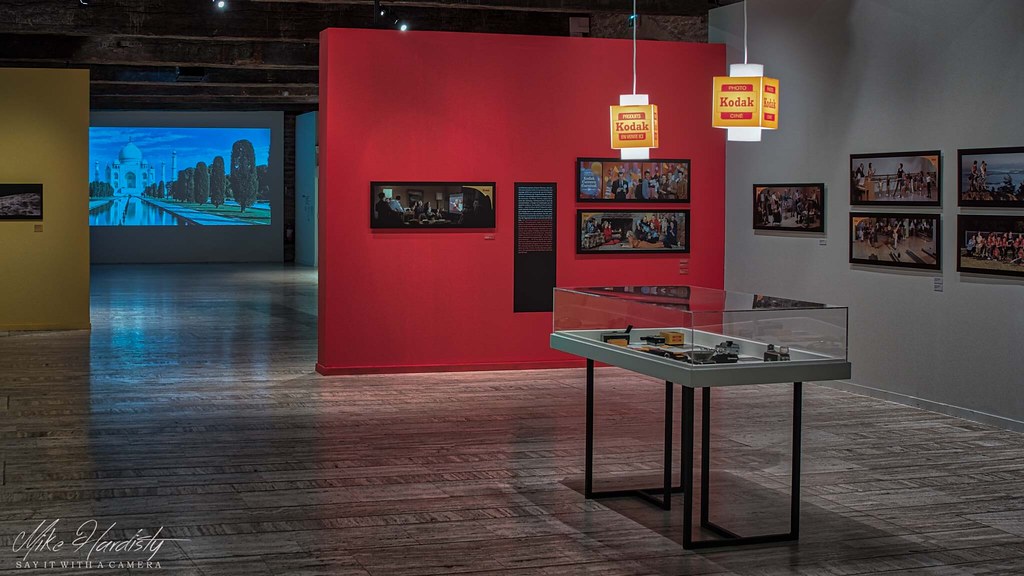
Wow this seems like a fun and my kind of place too 😀 Love the captures 🙂
LikeLiked by 1 person
I absolutely loved being there, and although I couldn’t speak French, I found the staff really helpful.
LikeLiked by 1 person
How is it that there as towns in Europe with shops and homes so colorful, yet here in the USA , every building is the same drab grey and beige?
I feel compelled to visit this town and the museum. Another one for my bucket list.
LikeLiked by 1 person
Just the way it is Khurt. It’s the south of France where the light is amazing. Many of the buildings are painted that sort of yellow and when the sun comes out they seem to glow.
LikeLike
When I think about it I wonder how fast photography technology has changed in last 20 years. Much more than last 50-70 years. People don’t even take prints now a days. Who knows where smartphone photography will take us?
LikeLiked by 1 person
It’s been reported that there has been a decline in sales of DSLR’s in recent years in favour of smartphones. I just don’t know whether it’s a good thing or not. Makes it easy to take a photograph I suppose.
LikeLiked by 1 person
Mike, it is not just DSLR sake which is suffering even compact camera category has died. To be honest, my current smartphone clicks good and usable images 80% of times in comparison to the compact zoom which is 4-5 years old!
While it will be foolishness to compare smartphone with DSLR, the point to be noted is that everyone has camera -all the time! Serious photographers will never abandon their camera. But with sales slipping, whether it will be profitable for the manufacturers to keep on going? tough question!
LikeLiked by 1 person
Some will probably keep going for years to come, Arv. Samsung have more or less dropped out of the camera market and Pentax at one time were rumoured to be doing so. Nikon have cut-back on production and staff, although they will probably survive.
But I agree, sometimes I get better results with my smartphone than I do with my DSLR, but only because it’s quicker to pick it up and shoot a quick photograph.
LikeLiked by 1 person
I guess some time it’s about timing, Mike! Convenience too….
LikeLike
As a pro photographer I have read about him and his breaking through invention of photography. Over the years Photography has gained so much more attention as an art, thanks god, as collections of art. He probably would turn in his grave, seeing today’s use of smart phones as a camera, they are simply not to compare to traditional photography. Oh this museum is just fantastic, I would have spent hours in there too. Thank you for sharing.
LikeLiked by 1 person
It’s true Cornelia, smartphones are everywhere, and sometimes they are a PITA. I was at an event a week or so back. I got there early established my spot for a good viewpoint, only for people with phones climb the fence and get in front of me to take photographs, usually at the most important times. Very annoying.
LikeLiked by 1 person
Vey nice photos and that is one museum that I would l would have enjoyed-of it were near me and in Texas. But you hit the jack pot when you did not have to contend with people getting in your way. The exhibits appear to have been quite interesting. I remember when I used Kodachrome ad Kodacolor back in the 80’s. I thought was wonderful.
LikeLiked by 1 person
I could have spent a lot more time in there, Yvonne, but it was just getting too hot. Partly due to it being extremely hot outside and then all of the lights of the exhibits
LikeLiked by 1 person
There is no AC in places such as a museum?
LikeLike
What a great post, Mike. Fascinating museum — would love to spend time there. I saw his first photograph at the University of Texas a few years ago. What a thrill!
LikeLike